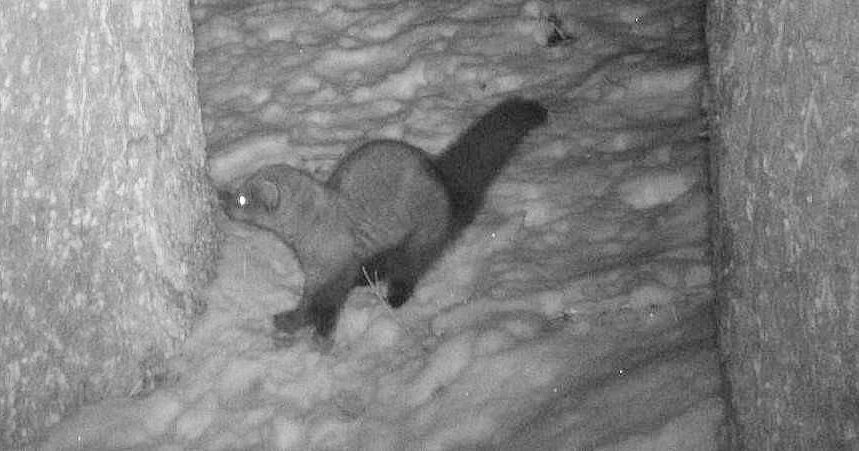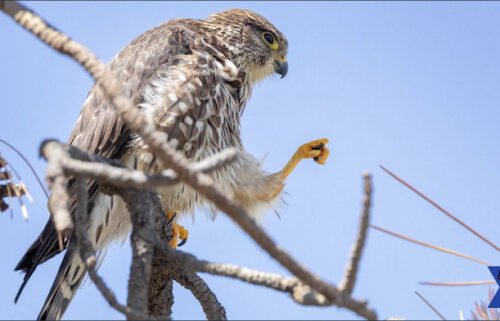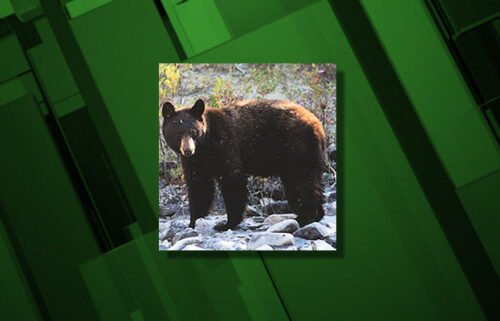New Yosemite photos suggest secretive forest predator may be moving north

CORVALLIS, Ore. (KTVZ) – New photos from Yosemite National Park in California’s Sierra Nevada represent an exciting development in the recovery of the fisher, a fierce and secretive predator whose numbers dwindled in the 19th and 20th centuries due to fur trapping and logging.
An ongoing research collaboration focused on the fisher used motion-sensor cameras and scat-detection dogs to confirm that at least one fisher is living north of the Merced River canyon. The collaboration includes Oregon State University’s Institute for Natural Resources.
The Merced River canyon bisects Yosemite and had long been thought to be an impenetrable barrier to range expansion for the possibly 300 fishers living in the southern Sierra Nevada. Fishers are slow to branch into new territory in general and recently have been under pressure from widespread drought and subsequent tree mortality.
Native only to Canada and the northern United States, the long-tailed forest dwellers are a member of the Mustelidae family that also includes wolverines, badgers, otters and minks.
Despite what their name suggests, fishers don’t actually eat fish. They are so named because early North American settlers noticed a resemblance to the European polecat, which was also called a fitch, fitchet or fitchew.
“They’re larger than people realize,” said David Green of the OSU Institute for Natural Resources. “They are similar in size to a large house cat, and they’re really interesting critters.”
Fishers climb trees like a cat but are able, thanks to hind feet that can rotate almost 180 degrees, to climb down headfirst. That trick helps them kill porcupines by attacking the quilled animal’s non-quilled head from above.
The four Yosemite photos come two years after a male fisher was detected north of the Merced River canyon for the first time in nearly a century. That animal was captured, collared and tracked so its movements could be studied, but the collar soon failed and the animal’s whereabouts became a mystery.
“We hope to learn through DNA genotyping if any of the recent detections match the DNA of the fisher that was captured and collared in 2017,” Green said. “In addition to the recent photos, we have two confirmed fisher scats that were collected by scat-detection dogs and their handlers.”
If analysis shows either of the scats is from a female, that would ratchet up the significance of the discovery, Green said.
“This latest observation, two years after the other fisher was detected, may mean that fishers are able to persist in the landscape north of the Merced River canyon,” he said. “If the scat isn’t from the same fisher that we saw in 2017, it’s still most likely to be from a male – male fishers can disperse large distances. But if the scat turns out to be from a female fisher, then this observation becomes even more meaningful. It could mean that reproduction is occurring here, and that fishers might be expanding their range.”
Collecting the fisher scat was challenging, Green said, given that Yosemite is primarily a wilderness area. Park biologists had to pack in days’ worth of supplies for themselves and the scat-detecting dog teams, and then pack out all of their trash, including their dogs’ feces.
“This project was only possible because of the large-scale collaboration among Yosemite National Park, the U.S. Forest Service, Rogue Detection Dog Teams, the University of California, Davis, and Oregon State University,” Green said. “Biologists in Yosemite are committed to learning more about the park’s fisher population – they are currently proposed for listing as threatened under the Endangered Species Act and are of conservation concern for our partners and regional managers.”



